BMW X1 vs VW Golf – Differences & prices compared
Costs and Efficiency:
Price and efficiency are often the first things buyers look at. Here it becomes clear which model has the long-term edge – whether at the pump, the plug, or in purchase price.
VW Golf has a clearly advantage in terms of price – it starts at 25200 £, while the BMW X1 costs 38200 £. That’s a price difference of around 13033 £.
Fuel consumption also shows a difference: VW Golf manages with 1.10 L and is therefore clearly more efficient than the BMW X1 with 2.50 L. The difference is about 1.40 L per 100 km.
As for range, the VW Golf performs significantly better – achieving up to 143 km, about 62 km more than the BMW X1.
Engine and Performance:
Under the bonnet, it becomes clear which model is tuned for sportiness and which one takes the lead when you hit the accelerator.
When it comes to engine power, the VW Golf has a hardly perceptible edge – offering 333 HP compared to 326 HP. That’s roughly 7 HP more horsepower.
In acceleration from 0 to 100 km/h, the VW Golf is somewhat quicker – completing the sprint in 4.60 s, while the BMW X1 takes 5.40 s. That’s about 0.80 s faster.
In terms of top speed, the VW Golf performs hardly perceptible better – reaching 270 km/h, while the BMW X1 tops out at 250 km/h. The difference is around 20 km/h.
There’s also a difference in torque: BMW X1 pulls to a small extent stronger with 477 Nm compared to 420 Nm. That’s about 57 Nm difference.
Space and Everyday Use:
Beyond pure performance, interior space and usability matter most in daily life. This is where you see which car is more practical and versatile.
Both vehicles offer seating for 5 people.
In curb weight, VW Golf is evident lighter – 1307 kg compared to 1575 kg. The difference is around 268 kg.
In terms of boot space, the BMW X1 offers clearly perceptible more room – 540 L compared to 381 L. That’s a difference of about 159 L.
In maximum load capacity, the BMW X1 performs clearly perceptible better – up to 1600 L, which is about 363 L more than the VW Golf.
When it comes to payload, VW Golf minimal takes the win – 508 kg compared to 500 kg. That’s a difference of about 8 kg.
Who comes out on top?
Overall, the VW Golf shows itself to be leaves the rival little chance and secures the title of DriveDuel Champion.
It convinces with the more balanced overall package and proves to be the more versatile choice for everyday use.
Costs and Consumption
View detailed analysis
Engine and Performance
View detailed analysis
Dimensions and Body
View detailed analysis
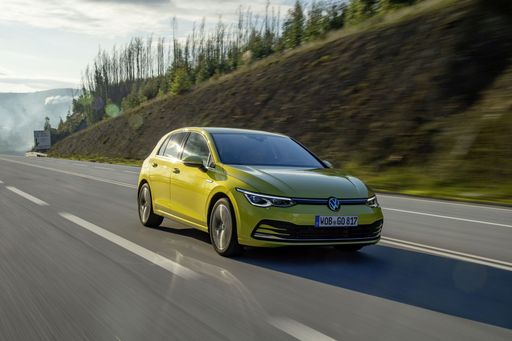 @ Volkswagen AG / VW Media
@ Volkswagen AG / VW Media
VW Golf
BMW X1
The BMW X1 brings a premium feel to compact crossover life, wrapping practical space and agile handling into a tidy, upscale package. It’s ideal for buyers who want BMW driving dynamics without the bulk, offering everyday comfort and a few clever tricks to keep the commute interesting.
details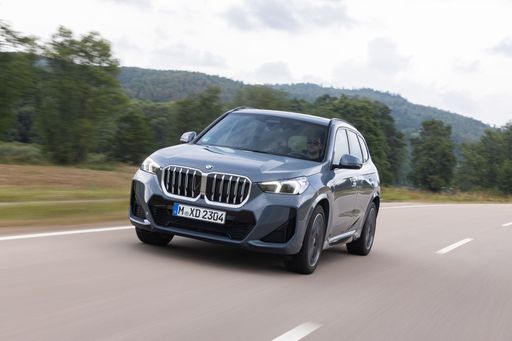 @ BMW Group Press
@ BMW Group Press
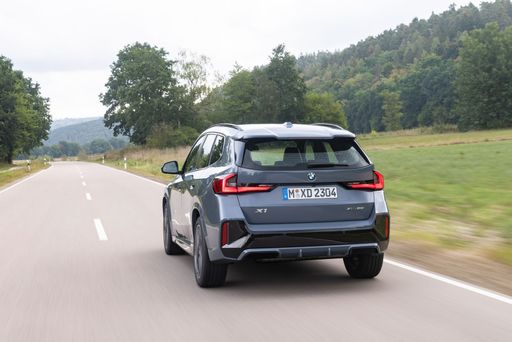 @ BMW Group Press
@ BMW Group Press
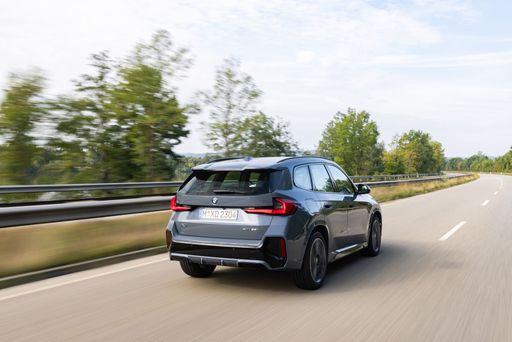 @ BMW Group Press
@ BMW Group Press
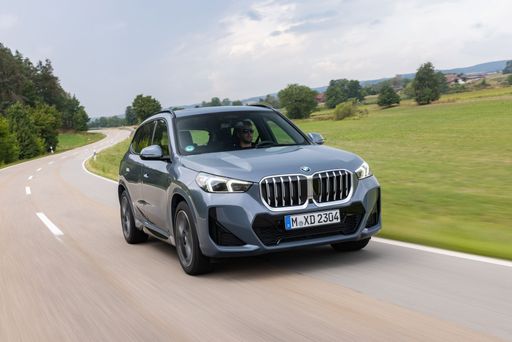 @ BMW Group Press
@ BMW Group Press
 @ BMW Group Press
@ BMW Group Press
VW Golf
The VW Golf remains the everyman’s favourite — cleverly balanced, composed and just posh enough to feel grown-up without pretending to be something it’s not. It slips through town and eats up longer trips with a refined cabin, practical layout and a kindly, capable character that turns everyday driving into something a little bit special.
details @ Volkswagen AG / VW Media
@ Volkswagen AG / VW Media
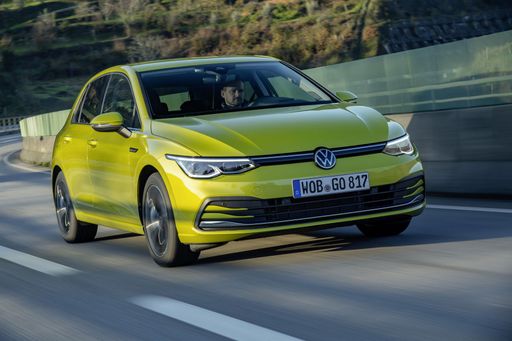 @ Volkswagen AG / VW Media
@ Volkswagen AG / VW Media
 @ Volkswagen AG / VW Media
@ Volkswagen AG / VW Media
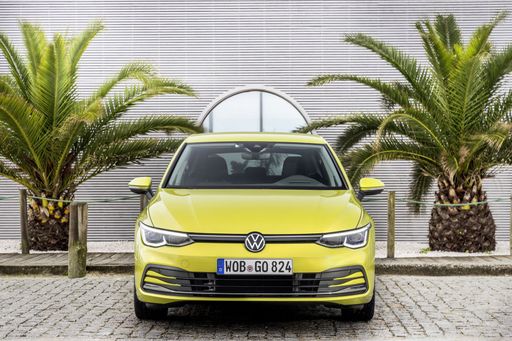 @ Volkswagen AG / VW Media
@ Volkswagen AG / VW Media
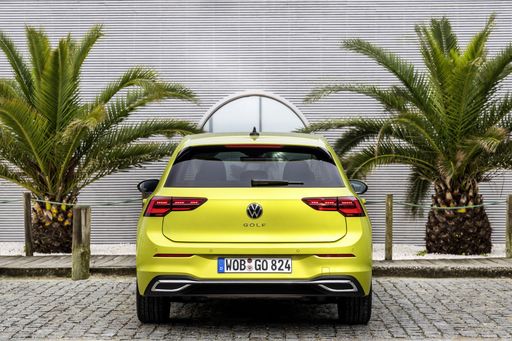 @ Volkswagen AG / VW Media
@ Volkswagen AG / VW Media
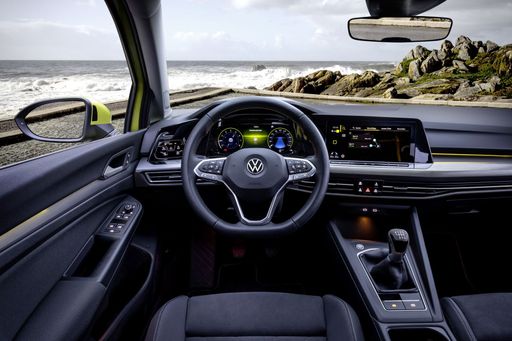 @ Volkswagen AG / VW Media
@ Volkswagen AG / VW Media
 @ Volkswagen AG / VW Media
@ Volkswagen AG / VW Media
 @ BMW Group Press
@ BMW Group Press
|
 @ Volkswagen AG / VW Media
@ Volkswagen AG / VW Media
|
|
|
|
Costs and Consumption |
|
|---|---|
|
Price
38200 - 55500 £
|
Price
25200 - 47600 £
|
|
Consumption L/100km
2.5 - 7.7 L
|
Consumption L/100km
1.1 - 8.1 L
|
|
Consumption kWh/100km
-
|
Consumption kWh/100km
-
|
|
Electric Range
81 km
|
Electric Range
131 - 143 km
|
|
Battery Capacity
14.20 kWh
|
Battery Capacity
19.70 kWh
|
|
co2
57 - 175 g/km
|
co2
25 - 184 g/km
|
|
Fuel tank capacity
47 - 54 L
|
Fuel tank capacity
40 - 55 L
|
Dimensions and Body |
|
|---|---|
|
Body Type
SUV
|
Body Type
Hatchback
|
|
Seats
5
|
Seats
5
|
|
Doors
5
|
Doors
5
|
|
Curb weight
1575 - 1935 kg
|
Curb weight
1307 - 1662 kg
|
|
Trunk capacity
490 - 540 L
|
Trunk capacity
273 - 381 L
|
|
Length
4500 - 4505 mm
|
Length
4282 - 4296 mm
|
|
Width
1845 mm
|
Width
1789 mm
|
|
Height
1622 - 1642 mm
|
Height
1454 - 1483 mm
|
|
Max trunk capacity
1495 - 1600 L
|
Max trunk capacity
1129 - 1237 L
|
|
Payload
490 - 500 kg
|
Payload
438 - 508 kg
|
Engine and Performance |
|
|---|---|
|
Engine Type
Diesel MHEV, Petrol MHEV, Petrol, Diesel, Plugin Hybrid
|
Engine Type
Petrol MHEV, Petrol, Diesel, Plugin Hybrid
|
|
Transmission
Automatic
|
Transmission
Automatic, Manuel
|
|
Transmission Detail
Dual-Clutch Automatic
|
Transmission Detail
Dual-Clutch Automatic, Manual Gearbox
|
|
Drive Type
Front-Wheel Drive, All-Wheel Drive
|
Drive Type
Front-Wheel Drive, All-Wheel Drive
|
|
Power HP
136 - 326 HP
|
Power HP
116 - 333 HP
|
|
Acceleration 0-100km/h
5.4 - 9.2 s
|
Acceleration 0-100km/h
4.6 - 10.2 s
|
|
Max Speed
190 - 250 km/h
|
Max Speed
202 - 270 km/h
|
|
Torque
230 - 477 Nm
|
Torque
220 - 420 Nm
|
|
Number of Cylinders
3 - 4
|
Number of Cylinders
4
|
|
Power kW
100 - 240 kW
|
Power kW
85 - 245 kW
|
|
Engine capacity
1499 - 1998 cm3
|
Engine capacity
1498 - 1984 cm3
|
General |
|
|---|---|
|
Model Year
2024 - 2025
|
Model Year
2024 - 2025
|
|
CO2 Efficiency Class
D, E, F, B
|
CO2 Efficiency Class
D, F, G, C, B
|
|
Brand
BMW
|
Brand
VW
|
Is the BMW X1 offered with different drivetrains?
The BMW X1 is offered with Front-Wheel Drive or All-Wheel Drive.
The prices and data displayed are estimates based on German list prices and may vary by country. This information is not legally binding.
